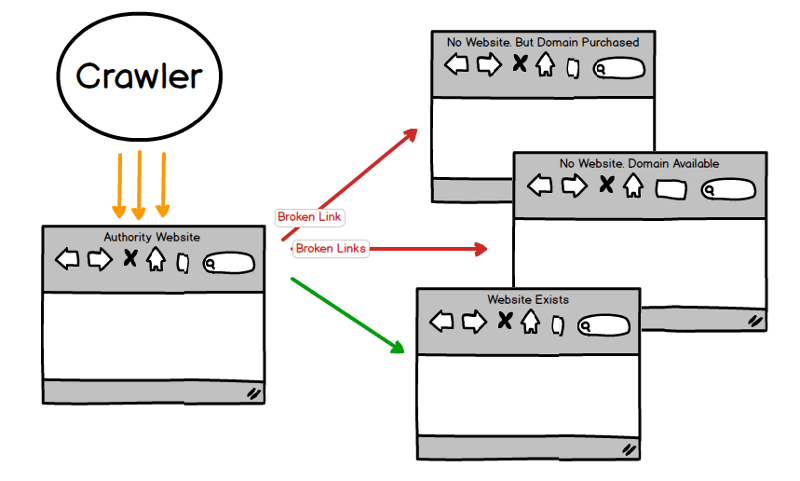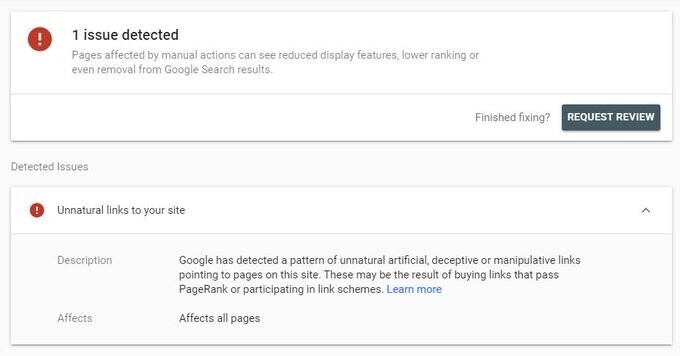All Categories
Featured
Table of Contents
- – When Are The Top Semantic Tagging For Seo Sales
- – Whats The Most Popular Semantic Tagging For Se...
- – Semantic Seo Insights
- – What's The Most Reliable Semantic Seo Insight...
- – What Is The Most Effective Semantic Markup I...
- – Which Is The Most Trusted Semantic Seo Conte...
- – Which Brand Of Semantic Markup In Seo Is The...
This is because search engines have actually advanced and are relocating much more and much more towards reviewing material on the web. Of course, that has actually additionally altered the method we produce web content, especially if we want to rank better in the search engines.
Intertwingularity is not generally acknowledged, people maintain claiming they can make things deeply hierarchical, categorizable and sequential when they can't. Based on the relationships in between search objectives, the search engine prefers a content in positioning by computing the distance between the vectors of significance.
It enables you to see, beginning from a topic, all the entities that belong to that subject. By doing this you can plainly see which entities/concepts/ideas have actually currently been covered on your website, and you can discover new chances by comprehending what material you can include and exactly how to produce it.
When Are The Top Semantic Tagging For Seo Sales
It is able to make your web content reasonable for online search engine on the one hand and for your audience on the other. Structuring your web content model highlights your web content and its underlying connections to make sure that search engines can acknowledge you amongst thousands of items of details, making you much more visible to users who satisfy the search intent related to your organization.
In semantic search engine optimization copywriting, an editor starts from a wider series of topics and tailors the material to include semantically appropriate terms and phrases that assist viewers understand a subject, similar to reviewing content in a wiki. From a content writing perspective, one functional method to do this is to produce a vocabulary of terms and inquiries surrounding your target topic.
Whats The Most Popular Semantic Tagging For Seo To Buy
Find out more concerning by seeing the by!.

Semantic search refers to the procedure of just how search engines comprehend and match key words to a searcher's intent in organic search engine result. Before semantic search, online search engine like Google operated like matchmakersaligning certain words in your query with those precise words on webpages. The outcomes were straightforward however often lacked deepness.
Semantic Seo Insights
It enables Google to supply quick, exact solution to browse questions regarding real-world subjects. When you type an inquiry word right into Google, you're not simply going into a sequence of words. You use a complex internet of significances and connections. Google's Knowledge Chart sees these words as entities with context and relationships.
When you look for "Apple," Google doesn't just see a word that describes a fruit. It identifies Apple as a company and can offer relevant information. Like the name of its chief executive officer, Tim Cook, or its most current supply costs. Google introduced the Hummingbird update in 2013. It was Google's response to the rise of voice searches, where inquiries ended up being much more conversational and nuanced.
What's The Most Reliable Semantic Seo Insights Brand
By integrating NLP, Hummingbird allowed Google to relocate past plain keyword matching. It assisted the online search engine comprehend search intent, enhancing the chances that results would accurately match the factor behind an individual's search. As the 3rd crucial ranking factor after content and links, RankBrain has enhanced Google's semantic search capabilities to comprehend the meaning of search queries.
Making it much more reliable at dealing with never-before-seen search questions. RankBrain thinks about more than just keywords when assessing a search question.
It brings results that match the search phrases and line up with the overall intent of supplying puppy training guidance. And if the customer regularly looks for dog-related content, Google could prioritize much more comprehensive training guidesrecognizing the customer's continuous passion in the topic. Combining modern technologies like the Knowledge Graph, Hummingbird, and RankBrain, semantic search aids the Google formula translate and connect data throughout a large internet of info.
What Is The Most Effective Semantic Markup In Seo On The Market Now
The focus shifts from keyword selection to an alternative technique encompassing customer intent, topical importance, and total individual experience. Developing content that addresses the searcher's demands with comprehensive info can enhance your SERP rankings.
And sort of material can best please their requirements. A more comprehensive method to material aligns much better with semantic search's change far from exact key phrase matching and toward customer intent. Which explains the boosted emphasis on topic collections, instead of individual search phrases. Content that covers search questions better not only satisfies users.
And five times more than websites that take 10 seconds to tons. While technological SEO ensures ideal internet site efficiency and access, concentrating on customer experience (UX) takes it a step even more. UX intends to create an aesthetically attractive, straightforward user interface with interesting, quality content that motivates site visitors to stay. Semantic search technology makes it possible for search engines to go for outcomes that provide the very best feasible UX.
Which Is The Most Trusted Semantic Seo Content Strategies Provider

All showcase Google's ability to address a topic inquiry thoroughly. By recognizing the context and intent behind individual questions, search engines can provide more appropriate information and potentially boost user engagement. Personalization in search results page produces far better UX.Based on your past search history and choices as a customer, semantic search assists internet search engine tailor the outcomes to suit your unique demands and passions.
It brings results that match the keyword phrases and align with the general intent of offering young puppy training suggestions. And if the user frequently searches for dog-related material, Google could focus on much more comprehensive training guidesrecognizing the individual's recurring passion in the topic. Integrating technologies like the Knowledge Chart, Hummingbird, and RankBrain, semantic search assists the Google algorithm analyze and connect information throughout a vast internet of information.
Which Brand Of Semantic Markup In Seo Is The Top?
The emphasis changes from keyword option to an alternative method encompassing user intent, topical importance, and total individual experience. Producing content that resolves the searcher's demands with extensive info can improve your SERP positions.

A more comprehensive strategy to material aligns much better with semantic search's shift away from specific key words matching and toward customer intent. Web content that covers search inquiries a lot more completely not just pleases customers.
UX aims to produce a visually appealing, easy to use user interface with interesting, high quality web content that encourages visitors to stay. Semantic search innovation enables search engines to intend for results that provide the best feasible UX.
All showcase Google's capability to resolve a topic inquiry comprehensively. By understanding the context and intent behind individual inquiries, search engines can supply a lot more pertinent info and potentially enhance customer involvement. Customization in search results page produces much better UX.Based on your past search history and choices as a customer, semantic search aids internet search engine customize the outcomes to fit your distinct needs and interests.
Table of Contents
- – When Are The Top Semantic Tagging For Seo Sales
- – Whats The Most Popular Semantic Tagging For Se...
- – Semantic Seo Insights
- – What's The Most Reliable Semantic Seo Insight...
- – What Is The Most Effective Semantic Markup I...
- – Which Is The Most Trusted Semantic Seo Conte...
- – Which Brand Of Semantic Markup In Seo Is The...
Latest Posts
What Is The Leading Semantic Search Engine Optimization Business?
What Are The Highest Rated Semantic Search Engine Optimization?
What Is A Good Price For A Semantic Search Ranking Improvements?
More
Latest Posts
What Is The Leading Semantic Search Engine Optimization Business?
What Are The Highest Rated Semantic Search Engine Optimization?
What Is A Good Price For A Semantic Search Ranking Improvements?